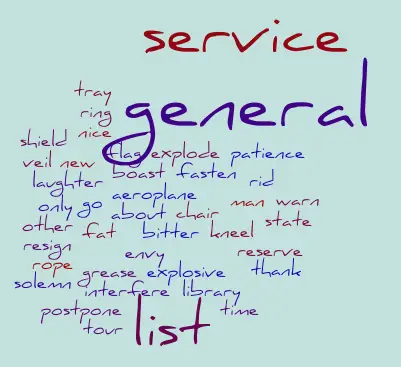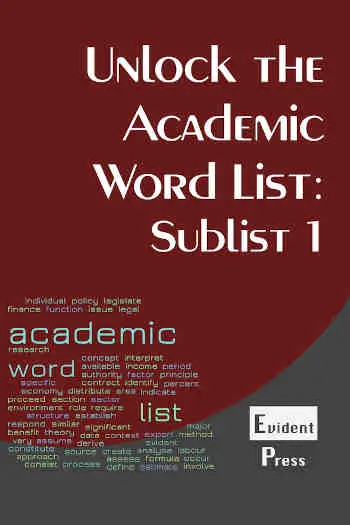Show AWL words on this page.
Show sorted lists of these words.


 







|
 Podcast is loading. Problems? Too slow? You can also access the Podcast by
clicking here.
Podcast is loading. Problems? Too slow? You can also access the Podcast by
clicking here.This message will disappear when then podcast has fully loaded.
This page describes the General Service List (GSL), explaining what it is, details about the list, and why it is important for academic study. There is also information about the New GSL (NGSL), as well as note on the information and GSL tools contained on EAPFoundation.com, including the main one, the GSL highlighter, which can be used to highlight GSL words in a text.
What is the GSL?

The GSL, or General Service List, is a list of words which were chosen because they were thought to be of greatest 'general' use to learners of English. How frequently they occur in English was one factor which was considered when selecting the words. The original list was compiled by Michael West in 1953. There were several problems with this list, and it was substantially revised in 1995 by John Bauman and Brent Culligan. Culligan, together with two other researchers, have recently produced a newer version of the GSL called the NGSL (New General Service List).
How many words are in the GSL?
The original 1953 list had exactly 2000 headwords. Each of these headwords represented a word family (e.g. 'you' is the headword of the family 'your, yours, yourself'). Bauman and Culligan found that many words included in the word family should, in fact, be separate headwords (e.g. previously 'efficient' was included under the headword 'effect', but now these are two separate headwords). By separating out some of these words, the number of words in Bauman and Culligan's version of the GSL expanded from 2000 to 2284 headwords. This is the version used for this website.
Why is the GSL important?
There are around 600,000 word families in the English language, more than twice the number of the next biggest language, German. However, although the GSL has fewer than 3,000 word families, it covers around 80% of all words in written texts (90% of words in spoken English). It was used as the basis of EFL course books, dictionaries, and graded readers for many years. This list is also important for anyone using the AWL (Academic Word List). When compiling the AWL, Averil Coxhead excluded the words from the GSL. However, many of these words are still good academic words which students need to recognise and be able to use. Examples are example, difference, although, purpose, comparison, intend, introduction, experiment. If you focus your vocabulary study only on the AWL, you may be missing some important and more common words from the GSL.
New GSL
The original GSL, and the adaptation by Bauman and Culligan, contains several very low frequency, uncommon words, such as shilling, headdress, hindrance, hurrah. Many modern English words, which are very common today but which were not used frequently in 1953, are not in the list, for instance television. The list has recently been revised by Dr. Charles Browne, Dr. Brent Culligan and Joseph Phillips. Their new list is called the NGSL or New General Service List. Although this list offers greater coverage (90% of texts compared to 80% for the GSL), it overlaps with the AWL, meaning many words are in both the NGSL and the AWL. This is not necessarily a bad thing, but something academic students need to be aware of if using the NGSL to study vocabulary. These researchers have, however, also developed a New Academic Word List (NAWL) which does not overlap with their NGSL.
There is an NGSL highlighter on the website if you want to explore that list in more detail, as well as an NAWL highlighter for the New Academic Word List.
GSL on EAPFoundation.com
In addition to this page, the website has a complete list of GSL words, listed both alphabetically and in order of frequency. There is also a GSL highlighter to help you identify word in a text which come from the GSL. There is also a GSL limiter, similar to the highlighter but allowing you to choose an upper and lower limit to restrict your search.
Next section
See a list of the GSL according to frequency.
Previous section
Go back to the previous section about general (high-frequency) vocabulary.



